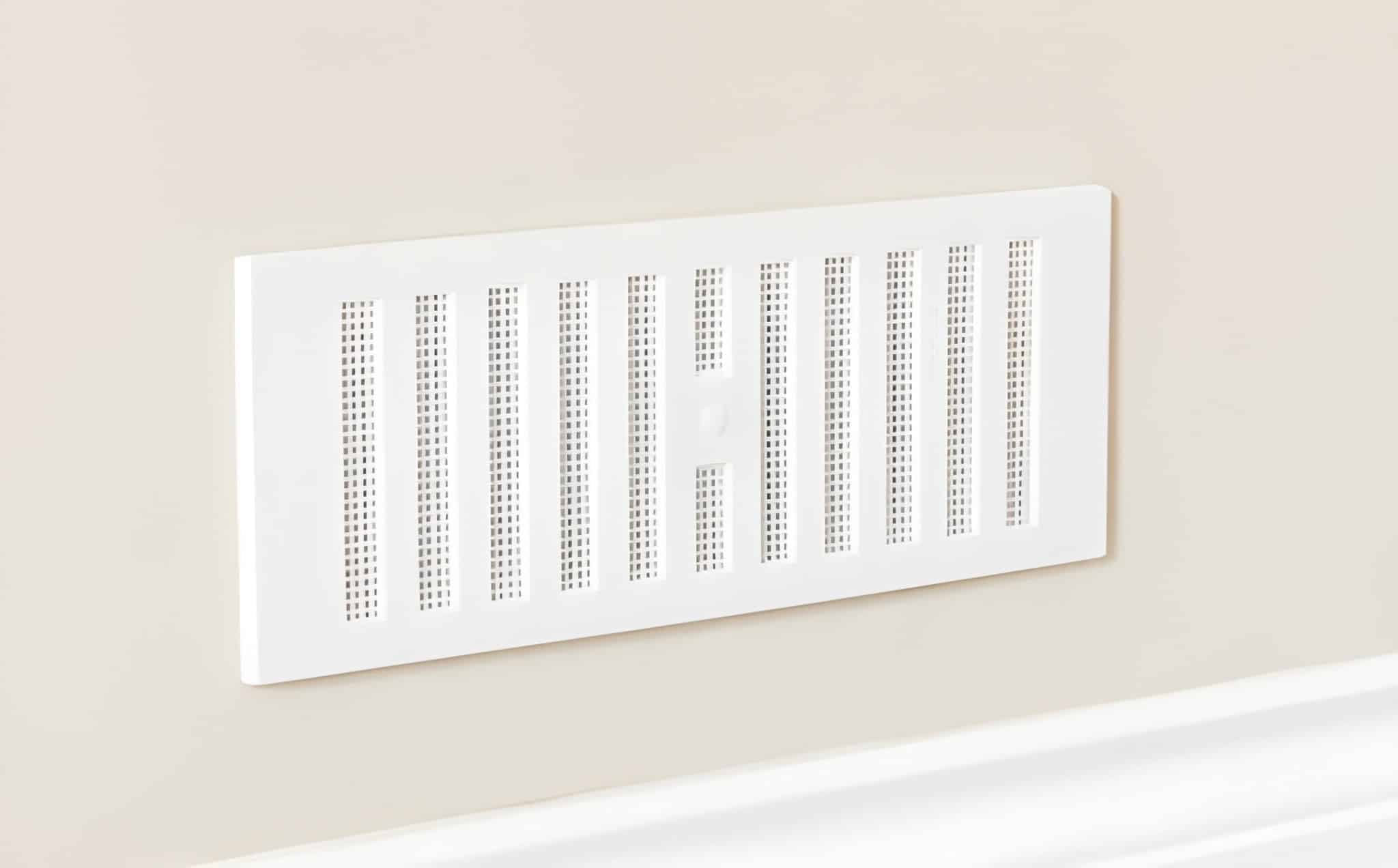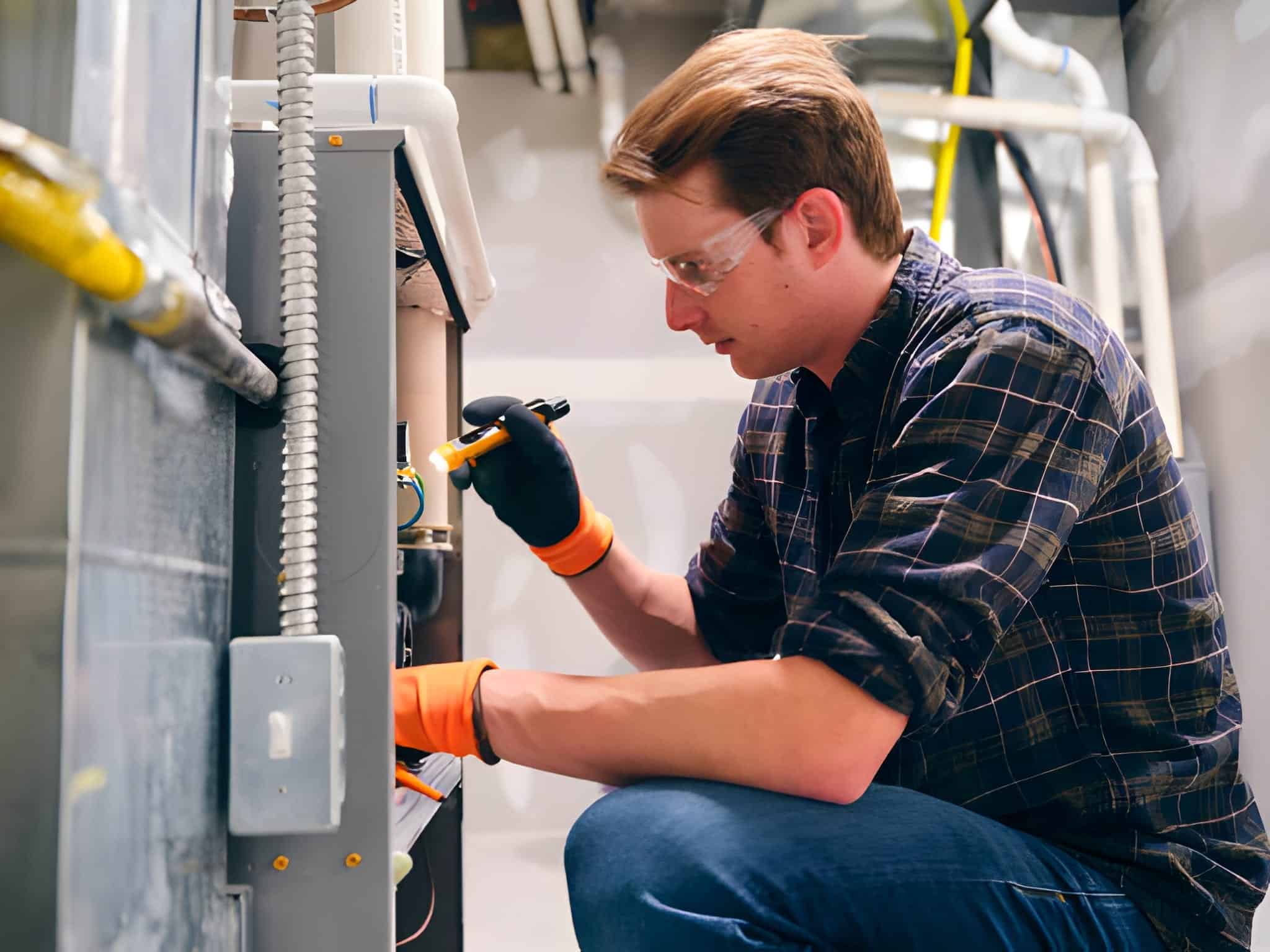As cozy as your home may be, there’s always room for improvement when it comes to comfort and energy efficiency. Custom ductwork can play a crucial role in upgrading your home’s heating and cooling capabilities, especially in regions like Oshawa where managing temperatures can be challenging. The way air flows through your home significantly impacts how comfortable you feel, which is why custom ductwork deserves a closer look.
Custom ductwork isn’t just about having air ducts that fit your space; it’s about tailoring your heating, ventilation, and air conditioning system to meet the specific needs of your home. This means fewer chances of hotspots, better energy utilization, and an overall more pleasant indoor experience. Let’s explore what custom ductwork is and why it stands out from standard options.
What Is Custom Ductwork?
Custom ductwork refers to air ducts that are uniquely designed and installed to match the exact specifications of your home. Unlike standard ductwork, which comes in fixed shapes and sizes, custom ductwork is all about precision. It tailors the duct system to perfectly fit the unique layout and design of your house, ensuring optimal airflow and efficiency.
Here’s a simple example: Imagine a puzzle. Standard ductwork might be like trying to force pieces together that don’t quite fit, leaving gaps or overlaps. Custom ductwork, on the other hand, is like perfectly cut pieces that snap together seamlessly, forming a flawless picture with no wasted space.
– Benefits of Custom Designs:
– They account for the unique architectural features of your home.
– They provide better airflow by reducing unnecessary bends or long stretches.
– They help in noise reduction, as properly fitted ducts produce less echo and vibration.
The process typically involves a detailed assessment of your existing system, measurements, and design planning. Professionals use advanced tools to analyze how air currently moves through your home and identify areas for improvement. This ensures the new ductwork efficiently channels air where it’s needed most, minimizing energy waste and maximizing comfort. Working with experts from your local area, like those familiar with Oshawa’s specific climate and housing styles, can make a significant difference in the effectiveness and lifespan of your custom ductwork system.
Benefits Of Custom Ductwork Installation
Switching to custom ductwork offers many perks that can transform your living space into a more comfortable and efficient haven. Let’s highlight some key benefits:
Enhanced Airflow: Custom ductwork makes sure air moves smoothly through every room without creating pesky hotspots or draughts. It designs air paths tailored to a home’s unique structure, ensuring each room gets a balanced flow and optimal comfort.
Energy Efficiency: One of the standout features of custom ductwork is its contribution to energy savings. By preventing energy loss, it enhances your HVAC system’s performance, leading to lower utility bills and a smaller carbon footprint. With efficient ducts, the system doesn’t need to work as hard, saving energy and money over time.
Increased Comfort: Everyone wants a home where comfort is consistent. Custom ducts ensure even air distribution, creating a uniform temperature throughout the house. This means no more adjusting the thermostat to compensate for cold or warm spots—you enjoy a consistently pleasant atmosphere.
Reduced Wear And Tear: When your ductwork is sized and fitted just right, it eases the load on your HVAC system. This results in fewer breakdowns and a longer life for the heating and cooling units, saving you from frequent repairs and replacements.
Signs You Need Custom Ductwork In Your Oshawa Home
Considering an upgrade but unsure if custom ductwork is necessary? Here are some signs it might be time for an upgrade:
1. Uneven Heating Or Cooling: If some rooms in your house are noticeably warmer or cooler than others, it could be a sign that your current ductwork isn’t effective.
2. High Energy Bills: Spikes in your energy costs might indicate that air isn’t moving efficiently, forcing your HVAC system to work harder than it should.
3. Frequent HVAC Repairs: An aging or incompatible duct system can cause repeated strain on your equipment, leading to unnecessary repairs.
4. Noisy Ducts: Odd sounds can mean your ducts are struggling to channel air properly, possibly due to poor design or sizing issues.
These signs suggest that custom solutions could enhance comfort while reducing energy waste and maintenance costs.
Choosing A Professional For Custom Ductwork Services In Oshawa
Opting for custom ductwork is a significant investment, and selecting the right professional is crucial for successful implementation. Here’s why careful selection is key:
– Importance Of Expertise: Ensure that your installer has ample experience with custom ductwork. An expert can assess your home accurately, design a tailored system, and carry out installation flawlessly for the best results.
– Local Knowledge: Opting for services from a company familiar with Oshawa’s climate and housing patterns is advantageous. Local providers understand the specific challenges that come with the area’s temperature fluctuations, ensuring that your ductwork handles these changes effectively.
– Customer Reviews And Testimonials: Before choosing an installer, take a moment to read reviews and testimonials. Feedback from other customers can offer insights into the quality of their work and customer service, helping you make an informed choice.
Making Your Home Comfortable And Efficient
Embracing custom ductwork can drastically elevate the comfort levels in your home while ensuring that your HVAC system runs efficiently. By choosing thoughtfully designed ducts that cater to your home’s architectural nuances, you’re investing in long-term comfort and savings. With all these benefits, moving towards custom duct solutions is a sensible choice if you’re experiencing inefficiencies with your current setup.
Opt for an installation that prioritizes your home’s needs, and enjoy the peace of mind that comes with a well-functioning heating and cooling system. Investing in custom ductwork not only means better airflow and comfort but also translates into a sound financial decision that adds value to your home.
To enhance your home’s comfort and efficiency, considering custom ductwork solutions is a smart choice. Trust Fortis Heating & Air Conditioning to provide expert advice and reliable service that meets your specific needs. Discover more about how you can benefit from our custom ductwork services in Oshawa, and take the first step toward a more comfortable living environment.






